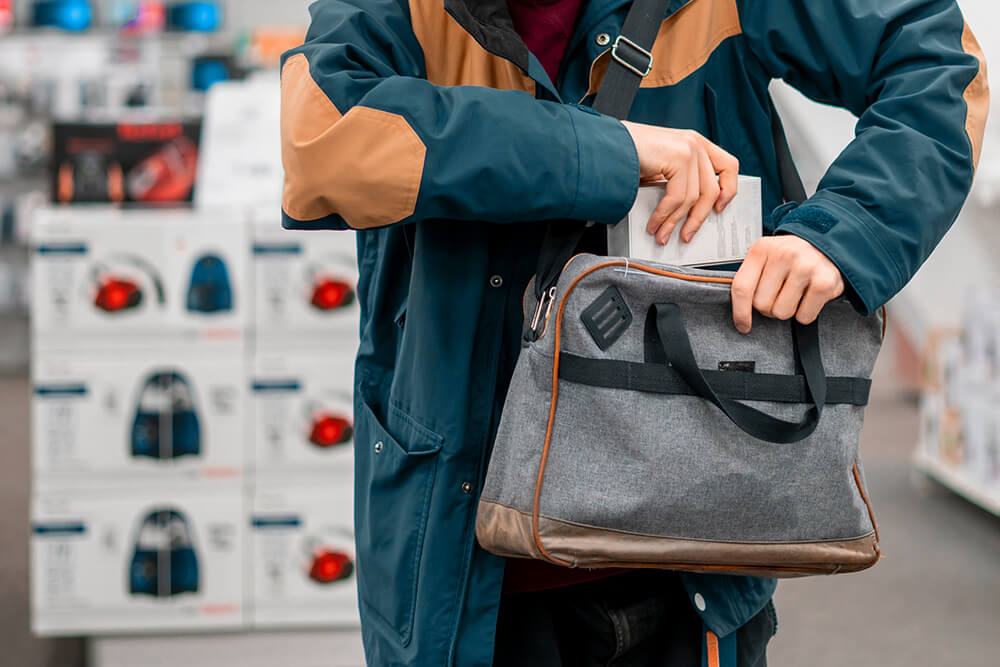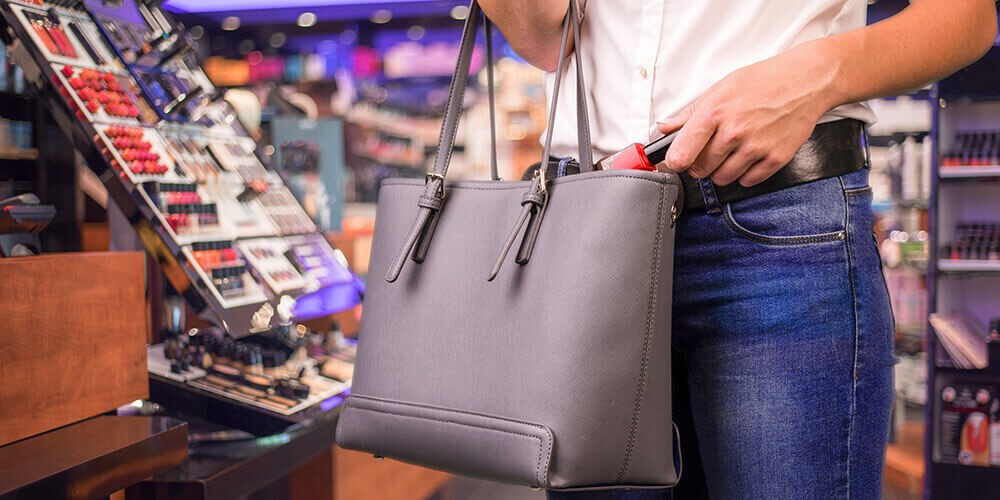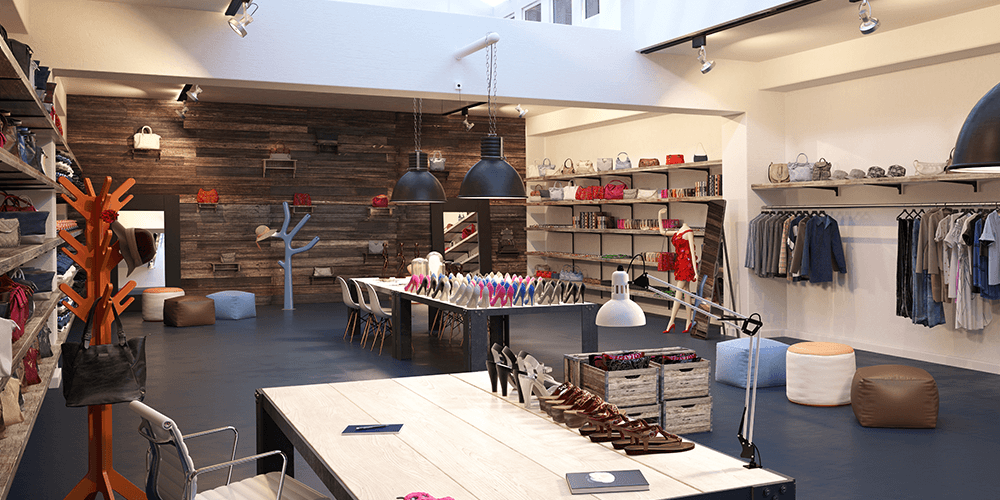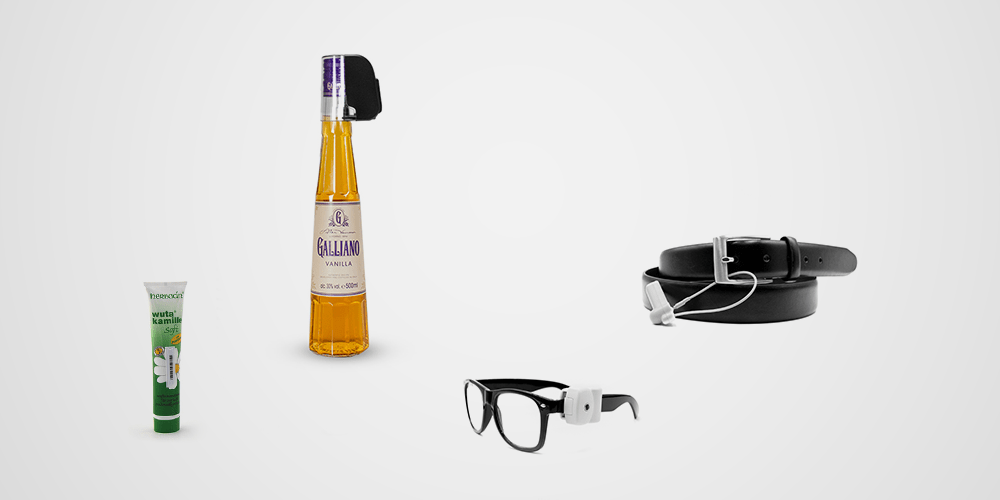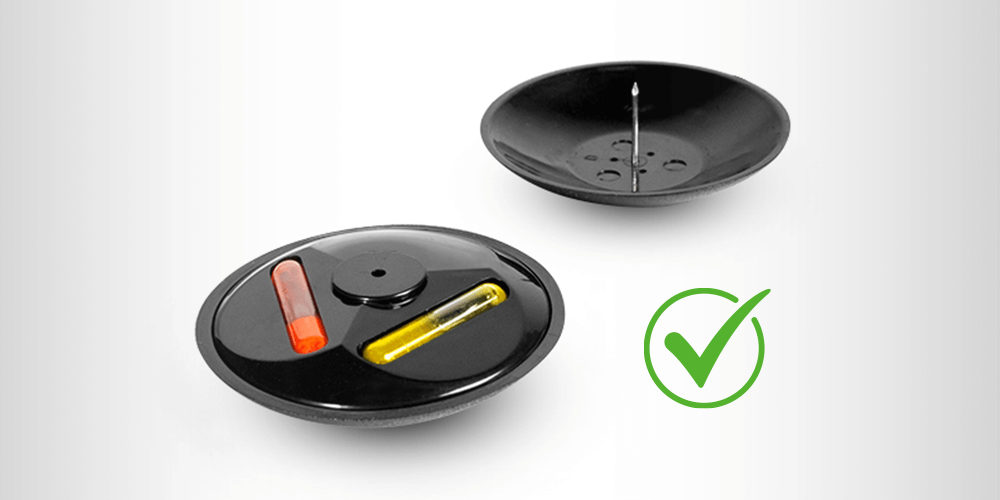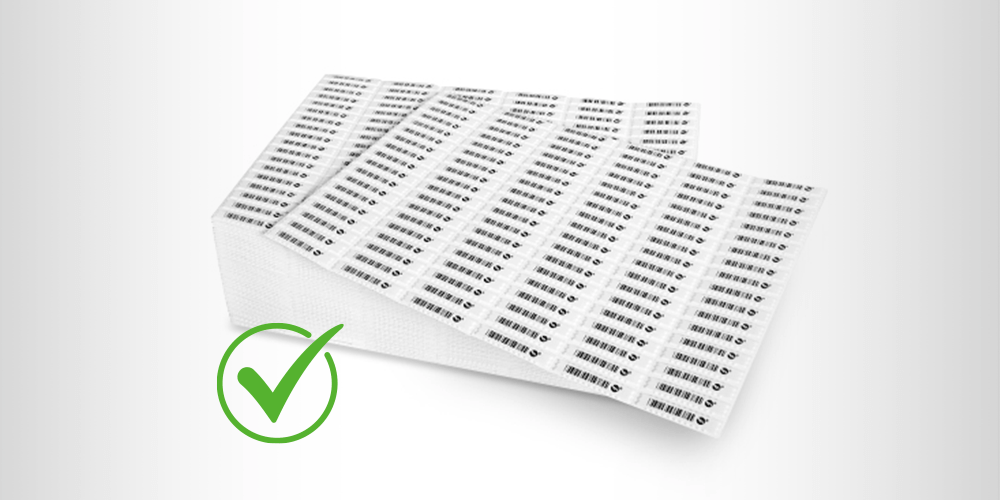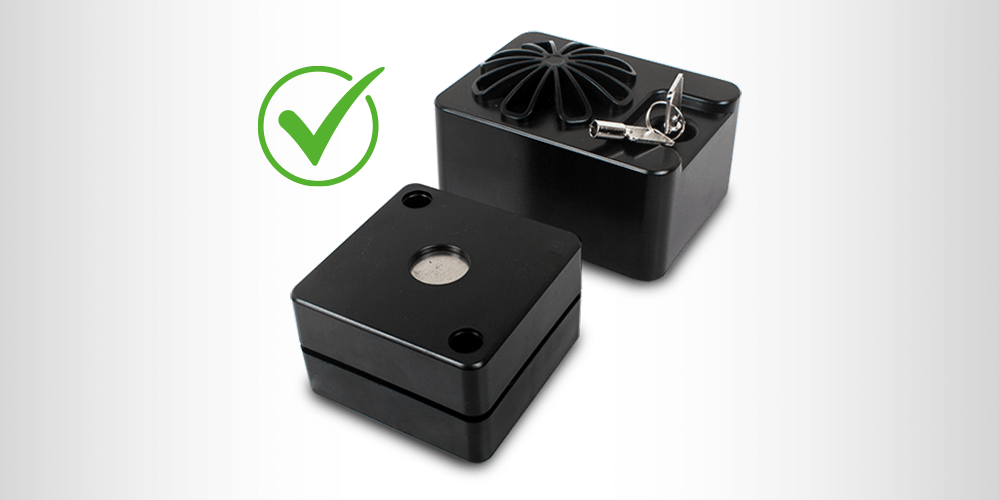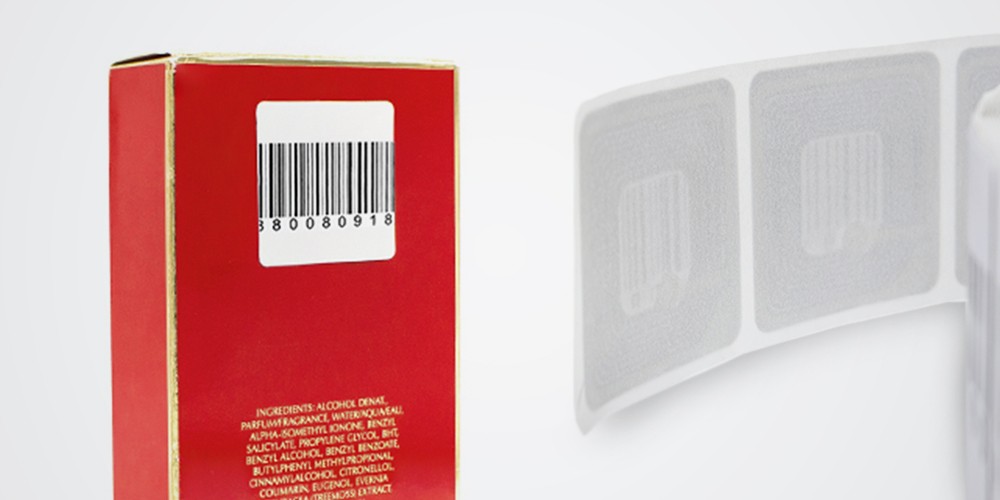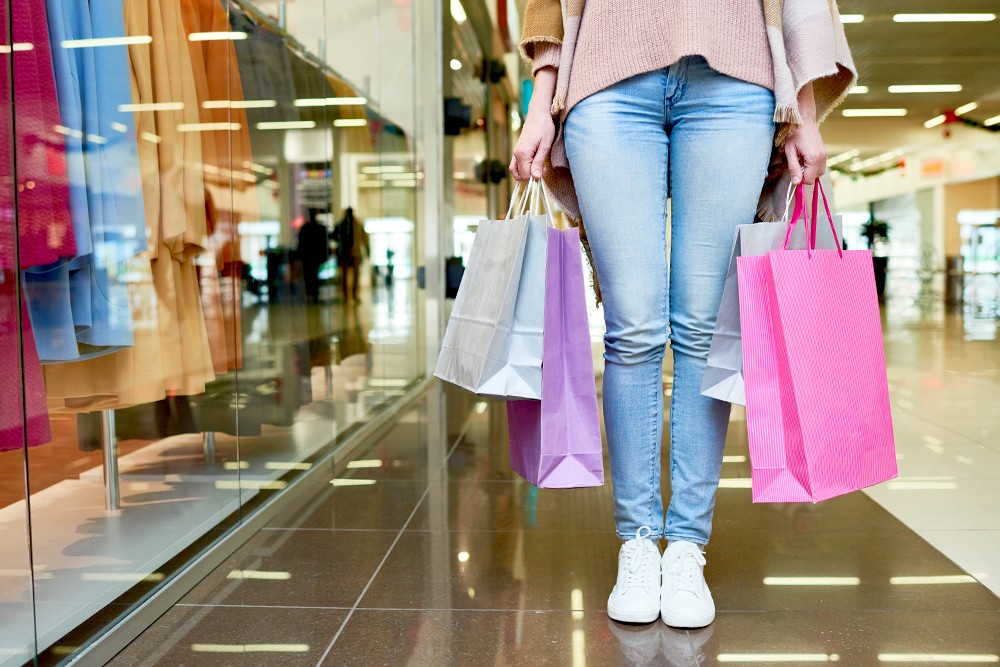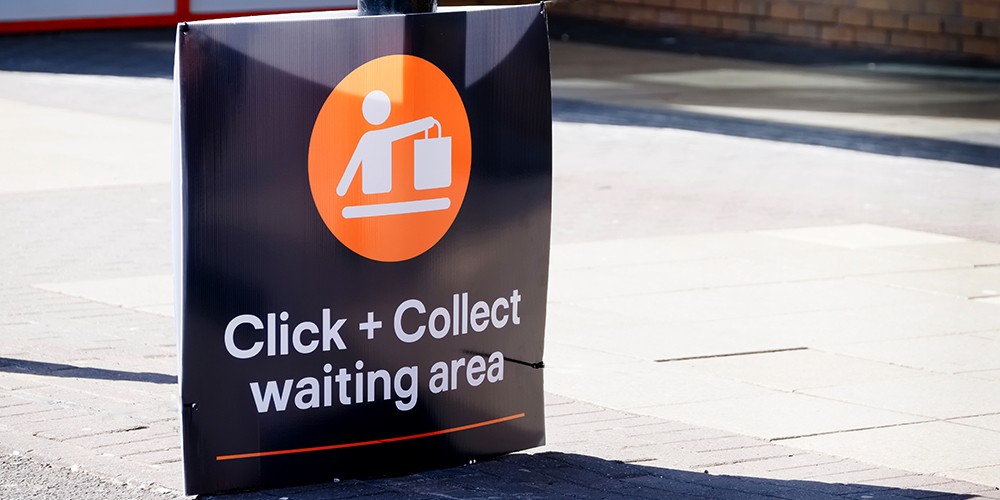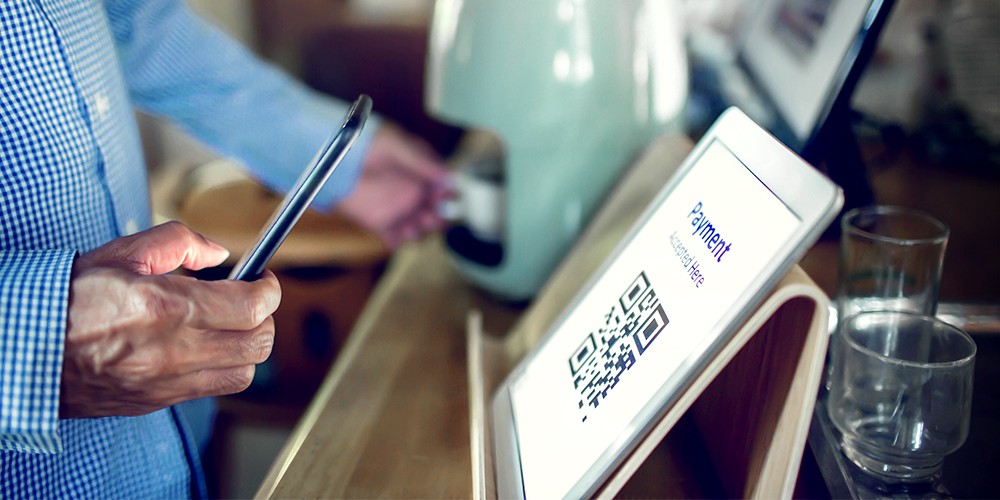Early predictions that customers would start their holiday shopping earlier in 2020 are coming to fruition, with a new National Retail Federation survey finding 59 per cent of shoppers have already started making holiday purchases.
There’s also a marked shift in the way people pay for items as Covid-19 continues to weigh on consumer’s minds.
Here’s an insight into how the holiday retail season is developing so far…
Spending has started for holiday season 2020
The latest NRF data found of the 8362 adult consumers surveyed, most had already started purchasing gifts.
Fifty-nine per cent indicated they had already bought items by the first week in November, which is an increase of 21 per cent on a decade ago.
Meanwhile, 42 per cent noted this commencement of holiday spending was earlier for them personally than in years gone by.
That said, there’s still a significant amount of shopping to go. Only 26 per cent of shoppers have ticked off every item on their holiday shopping list.
What shoppers are buying
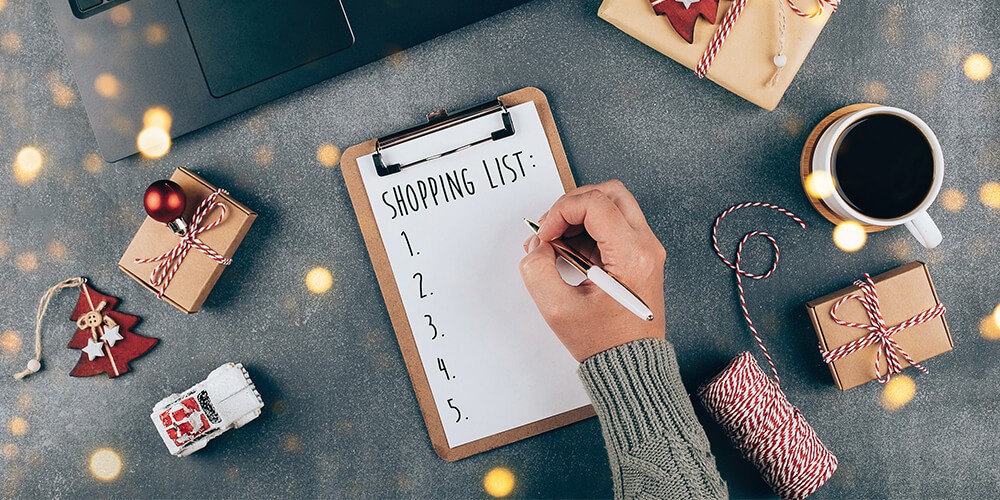
The NRF had previously forecast that on average consumers intend to spend $997.79 on gifts, holiday items such as decorations and food, and additional “non-gift” purchases for themselves and their families.
This is a decrease of about $50 in 2019, but already trends are emerging about the gifts that shoppers are after.
Clothing and accessories topped the list of popular gifts, with 54 per cent of people indicating these would be among their gifts to others.
Gift cards were the second most popular item, with 47 per cent of people intending to buy these.
“Similar to last year, consumers plan to purchase between three and four gift cards, for an average spend of $163 per consumer. Total spending on gift cards is expected to reach $27.5 billion,” the NRF said.
Toys came in at third position with 37 per cent of shoppers seeking these out as a gift.
When it comes to the most popular toys of 2020, the survey found LEGOS and PlayStation ranked among the top items for boys and girls, while cars and trucks, Hot Wheels and video games were also popular gifts for boys, and Barbie and dolls remain the top toys for girls.
Meanwhile, 34 per cent of shoppers intend to purchase books and other media, and food/candy is on the gift list for a further 28 per cent of survey respondents.
A shift away from cash
This year the way shoppers are paying for items has seen a shift away from cash as shoppers turn online to make their purchases and also avoid using cash instore.
The NRF found credit cards (42 per cent) remain the top form of payment consumers plan to use this holiday season, followed closely by debit cards (41 per cent).
“Just 15 per cent of consumers listed cash as a top form of payment during the holidays, the lowest in the survey’s history and likely related to the coronavirus,” the NRF noted.
Half (49 per cent) of shoppers plan to use an alternative form of payment such as PayPal, Apple Pay, Samsung Pay or Venmo.
Shopper sentiment

The NRF notes retailers have worked hard to provide a safe shopping environment to consumers in the wake of Covid-19.
The focus on hygiene and safety appears to be paying off, with 70 per cent of holiday shoppers saying that, given the precautions, retailers have taken for Covid-19, they have felt safe shopping in stores this holiday season.
Meanwhile, the preparations that retailers have undertaken for an earlier start to the season are also reaping returns.
Over two-thirds (69 per cent) of holiday shoppers say they are able to find the items they are looking for all or most of the time, and 84 per cent are confident they will receive items they order online in time for the holidays.
“Retailers have demonstrated their commitment and ability to ensure safe shopping environments for their customers and their associates,” NRF President and CEO Matthew Shay explained.
“With consumers looking to fulfil their gift lists earlier this year, retailers are prepared to meet that demand with deep discounts, robust inventory and providing the best experiences possible whether in-store or online.”
You can learn more about the holiday spending predictions for 2020 here, or see our guide for preparing your store for the busy period ahead.
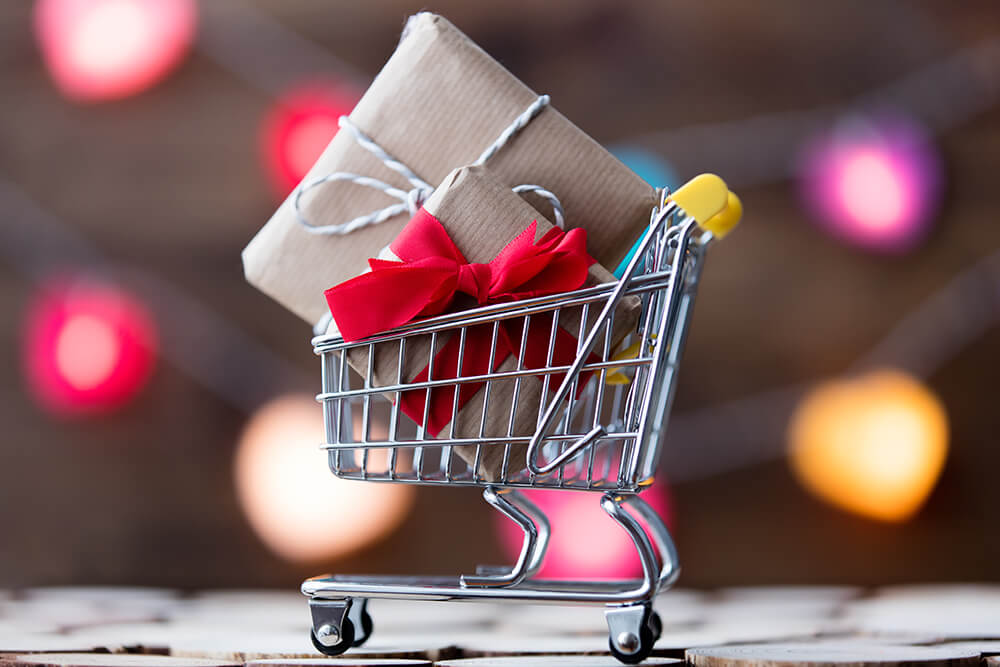

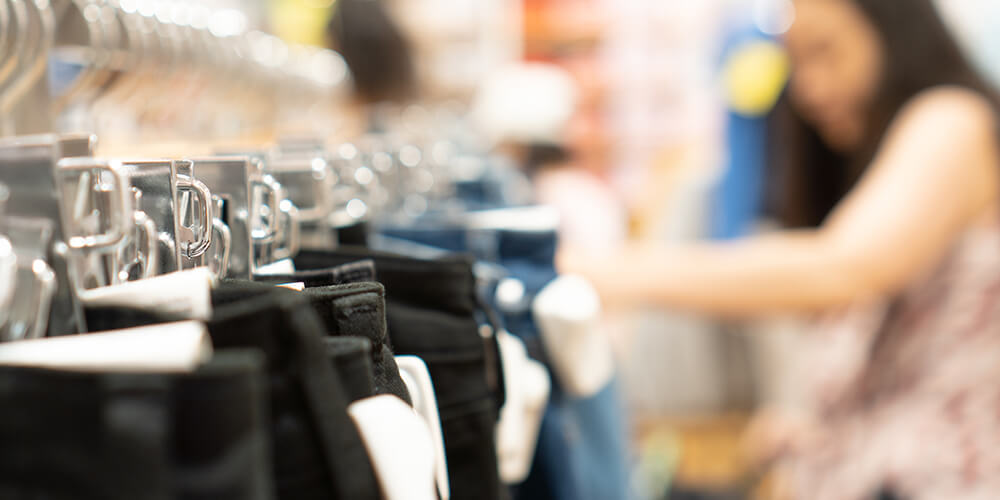
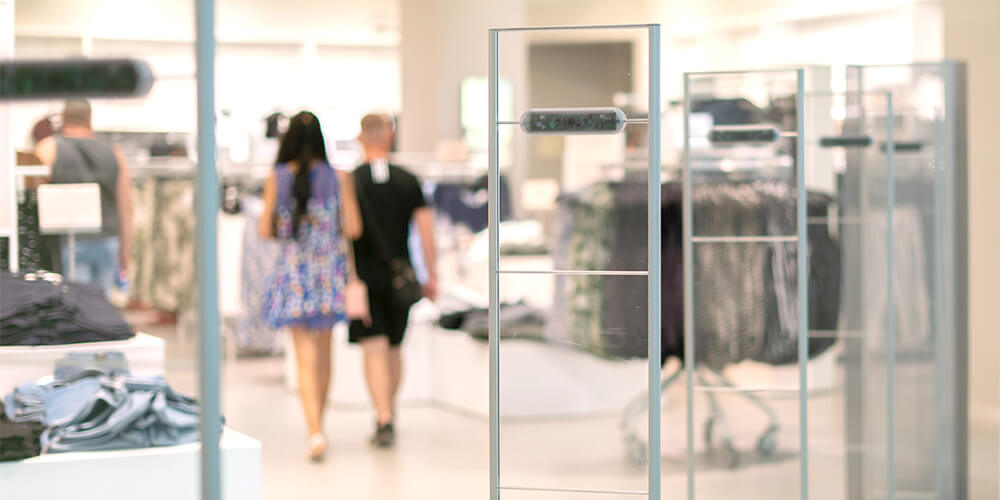
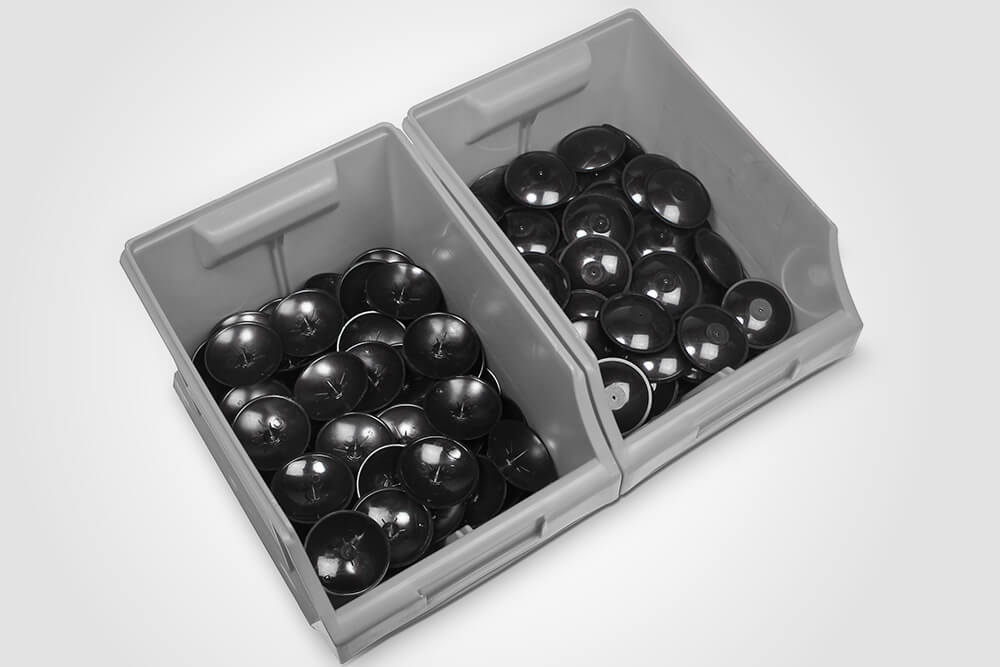
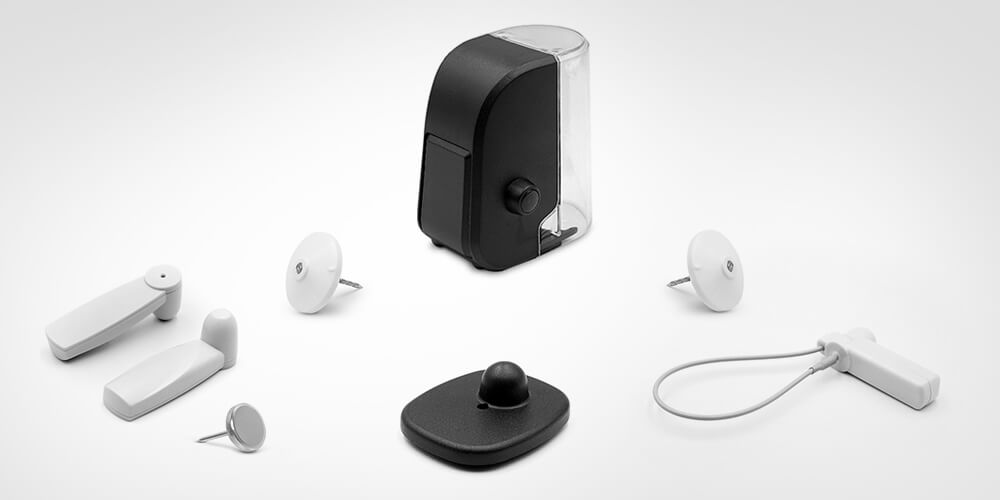
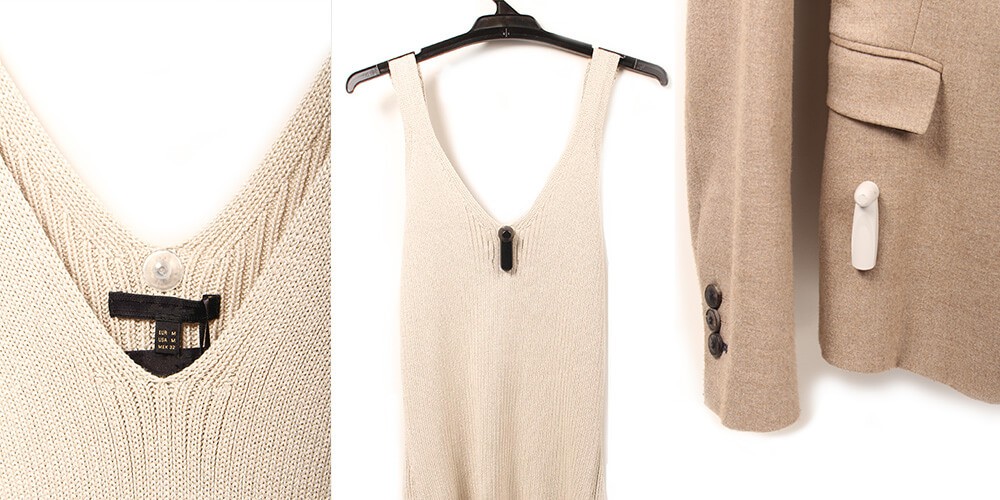
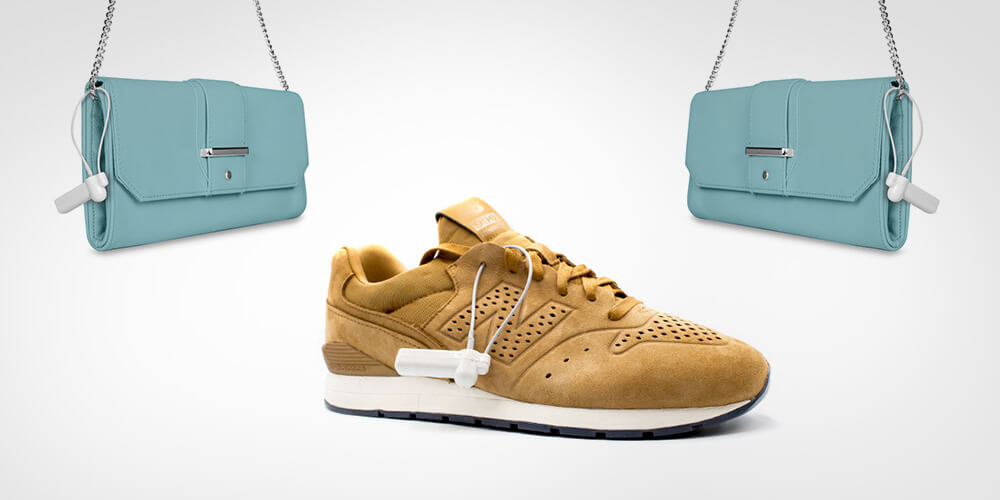
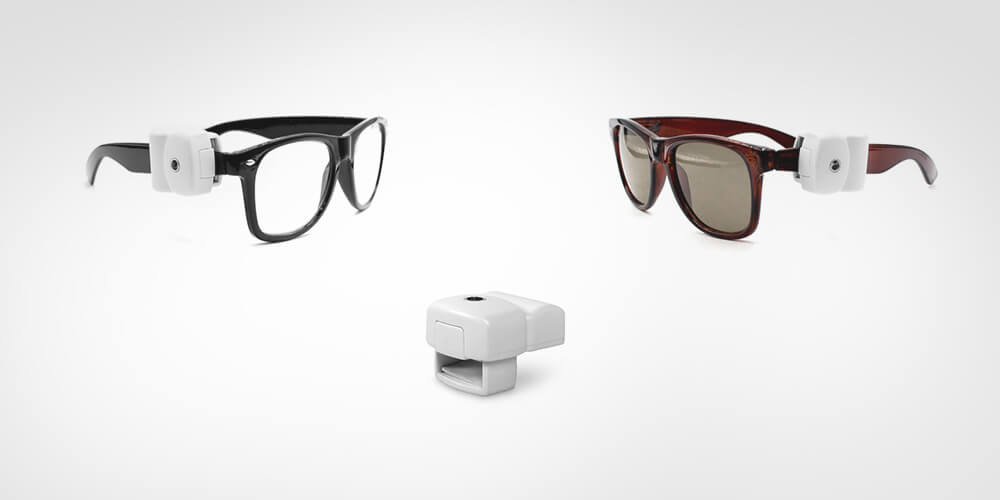
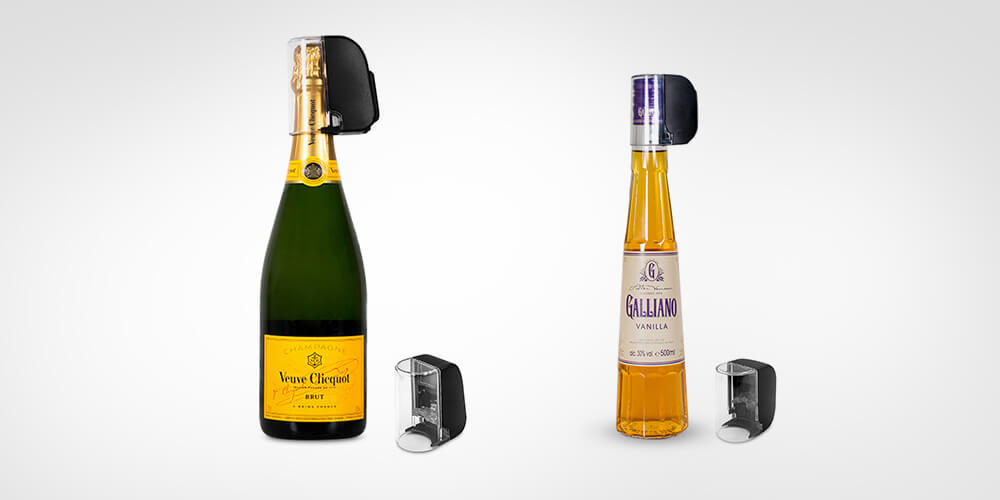
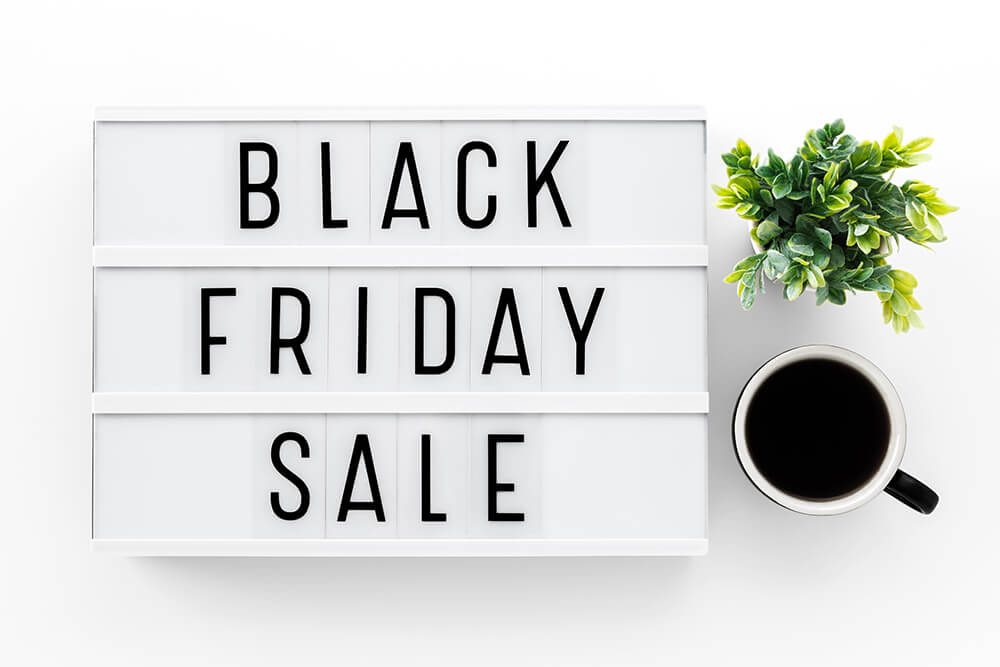
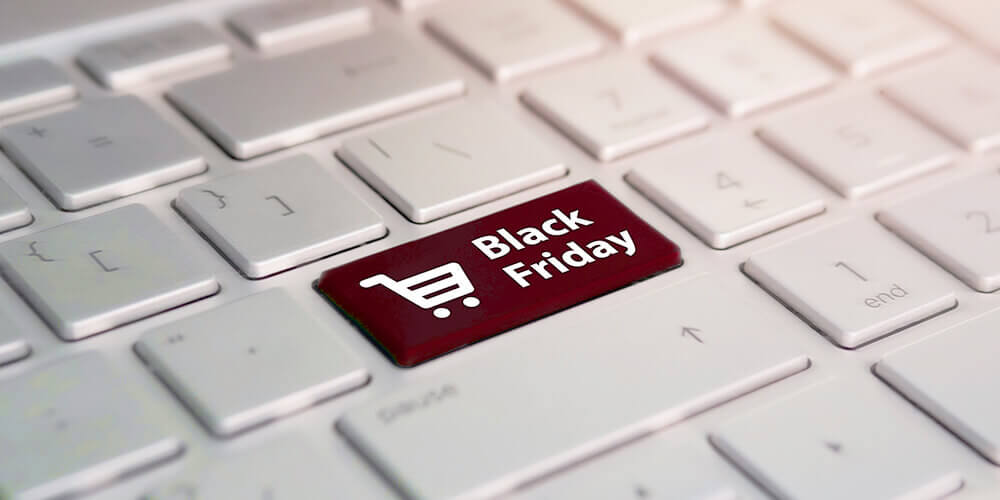
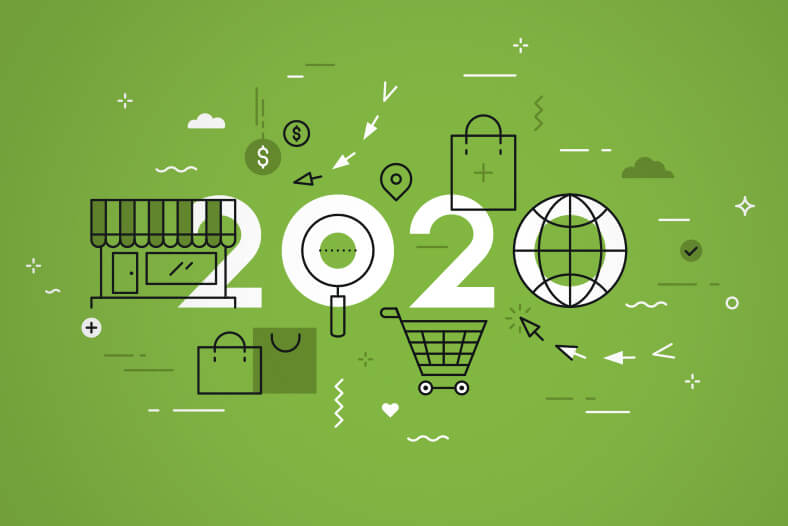
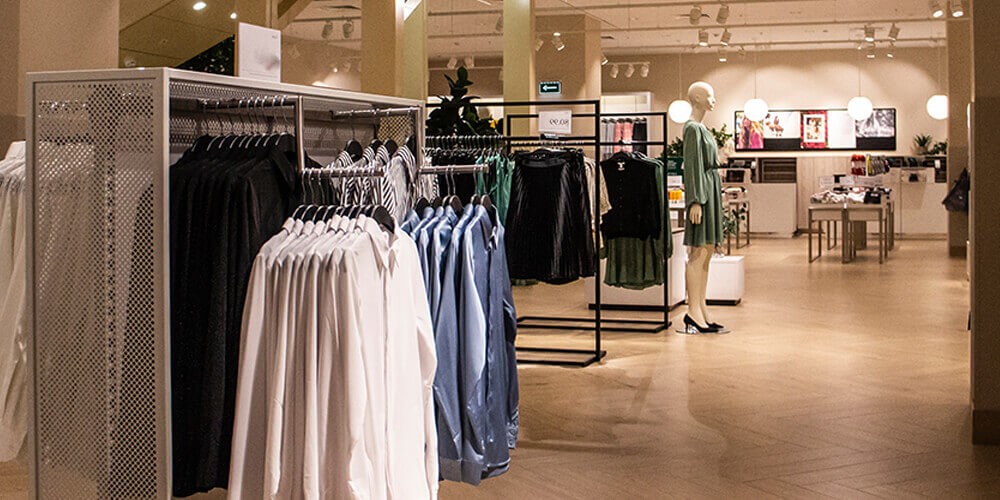
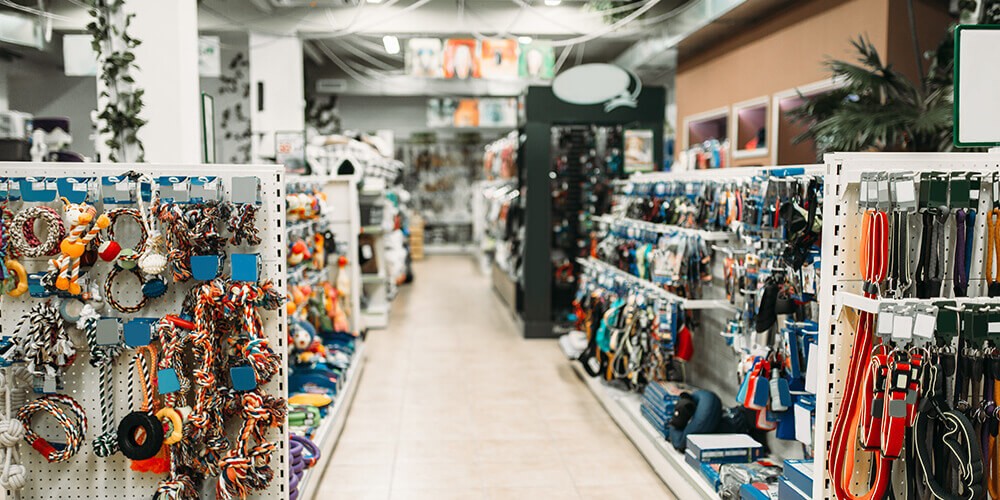 They noted
They noted 